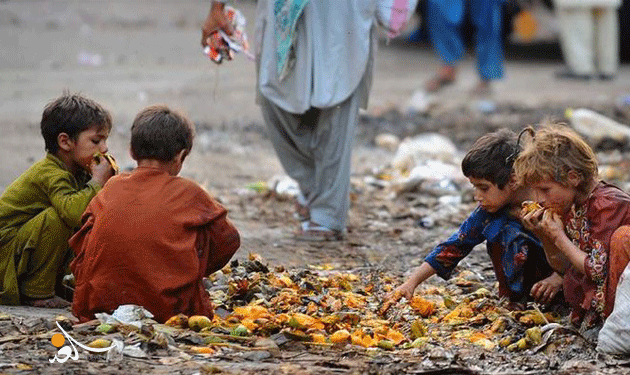From Heat Waves to Political Crises… The World Faces the Worst Wave of Food Insecurity
The world is facing the worst wave of food insecurity

As inflation rates for food prices drop in the United States and Europe, analysts warn of a new era of volatility in global food prices. This comes amidst a series of unprecedented threats that are converging in ways that analysts say leave food supplies more vulnerable and less prepared for any disruptions. The current threats include extreme weather, Russia’s targeting of grain supplies in Ukraine, and increasing readiness of certain countries to erect protective barriers against food trade, according to the New York Times.
Rising Prices
Dennis Voznesenski, a commodities analyst, states, “This is the new normal now, with more volatility and uncertainty, whether it’s in basic commodities or food prices”.
He continues, “Even without major disruptions, food prices can fluctuate, and many factors play a role in the price of a bushel of wheat or a loaf of bread.”
The American newspaper revealed that in the past month, Russia withdrew from a grain deal in the Black Sea that allowed Ukrainian crops to be exported by sea. This caused the UN’s food price index to rise in July, breaking its continuous decline in recent months. This price jump was partly due to increased prices of vegetable oils, driven in part by concerns about a shortage of Ukrainian sunflower seeds.
Drought in India, Indonesia, and other Asian food suppliers has led to lower yields. Governments, facing consumer anger over rising prices, have imposed bans on the export of vital foods, creating further disruptions. Since late June, the price of the Asian rice benchmark surged by 25 percent, according to the Thai Rice Exporters Association.
Other Factors
The newspaper highlights that other factors are squeezing food prices, including rising labor costs as workers struggle to keep up with inflation. Food producers find that in a rising price environment, they can raise their prices to increase profits.
Compared to early 2020, consumer food prices have risen by about 30 percent in Europe and 23 percent in the United States. These disruptions disproportionately affect small farmers and those living in low-income countries, leaving the world vulnerable to future disruptions.
In the past year, over 700 million people faced hunger, with 2.4 billion people lacking adequate and nutritious food throughout the year, according to the United Nations.
Maximo Torero, the Chief Economist at the UN’s Food and Agriculture Organization, states, “The accumulation of recent shocks in recent years has left countries in a very bad situation. If another shock occurs today, nobody knows how they will deal with it.”
Harsh Weather
Harald Batel, Head of Sustainable and Objective Research at Barclays in London, notes that harsh weather this year has been a key driver of food price disruptions. Record-breaking heatwaves in China, wildfires in Southern Europe and Northern Africa, and July being the hottest month ever recorded worldwide have all contributed.
In Pakistan, where catastrophic floods in 2022 destroyed much of the country’s crops, the annual food price inflation rate reached nearly 49 percent in May, according to the UN’s World Food Program.
Meteorologists warn that the Earth may enter a multi-year period of exceptional warmth, driven by greenhouse gas emissions and the return of the El Niño phenomenon, a periodic weather pattern.
Batel states, “There’s an increased likelihood of synchronized crop losses in different parts of the world.”
Trade Protectionism
The American newspaper emphasizes that price volatility has prompted some governments to restrict trade to keep precious food supplies closer to home.
Last month, India, the world’s largest rice exporter, banned the export of non-basmati white rice. While India imposed a 20 percent export tax on the rice last year, exports continued to rise due to geopolitical issues and harsh climate conditions in other countries.
The United Nations’ Food and Agriculture Organization noted on Friday that rice prices in July rose by around 20 percent compared to the previous year, pushing its rice price index to its highest level in 12 years.












